The Human Figure in Watercolor
Course final project
A course by Ale Casanova , Painter and Teacher
About the final project for: The Human Figure in Watercolor
The Human Figure in Watercolor
“And up to here our trip. In the additional resources of the course I have left you the photography that I have used so that you can carry out your work without any problem, but you can use any image that you find stimulating or that fits with your way of seeing the world and painting. Next, we are going to review the phases of your final project that I want you to show when you share it, so I can see the evolution of your work. Simplify the image First prepare the paper as I taught you. Then he simplifies the figure through a simple exercise in structure, line, and chiaroscuro. Remember, acetate is one of our allies in this process.

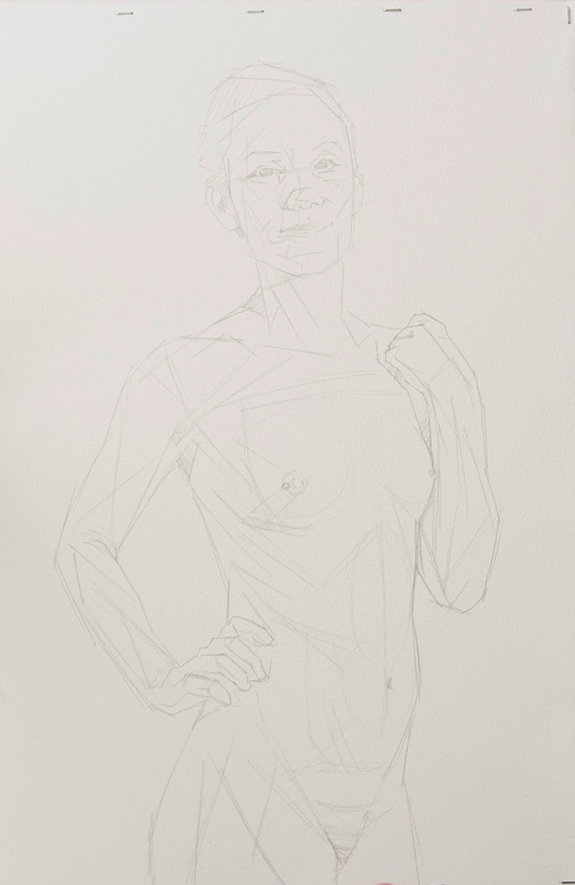

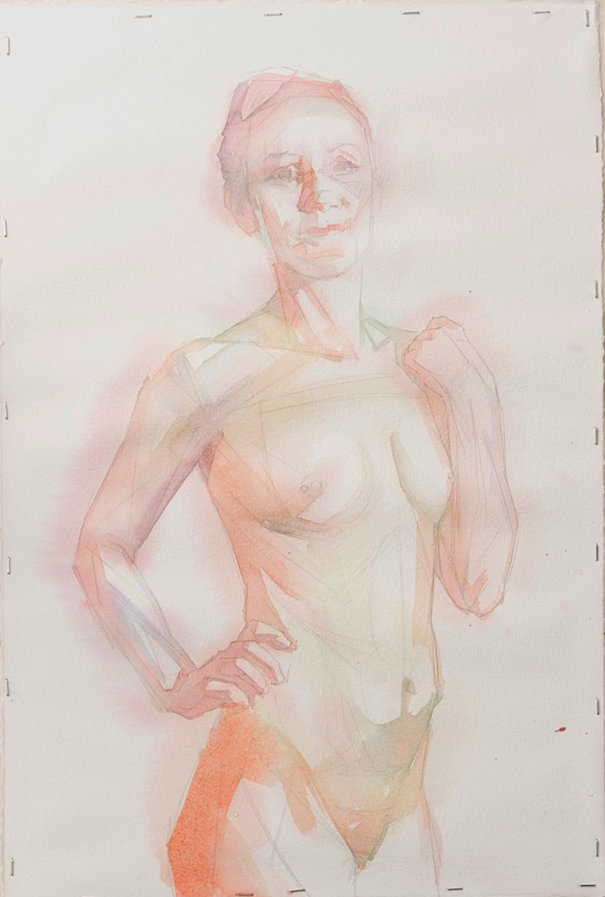
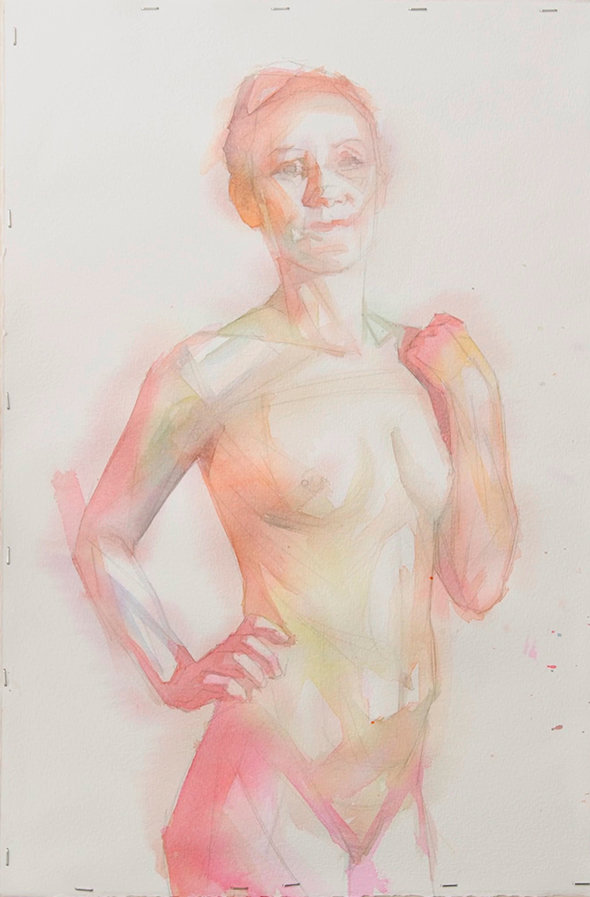
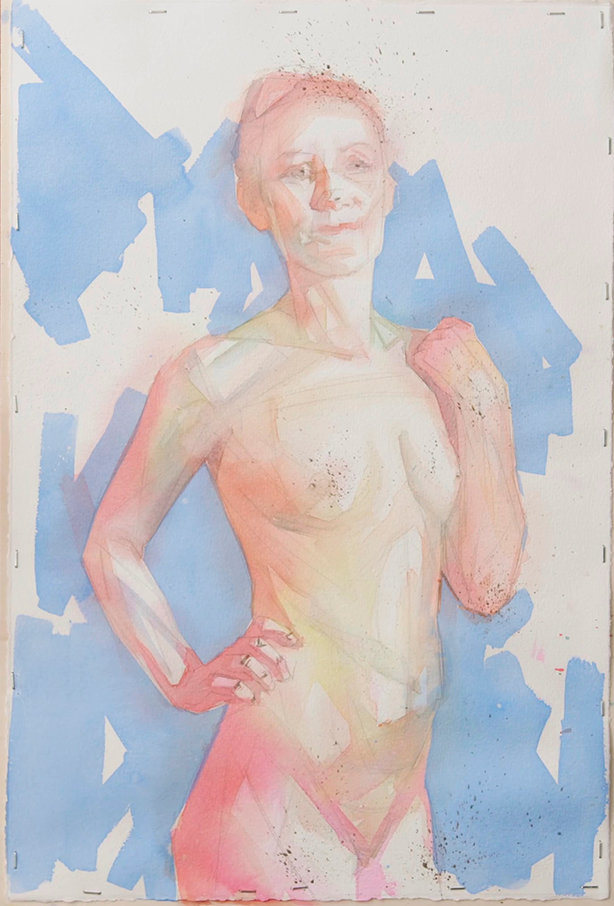
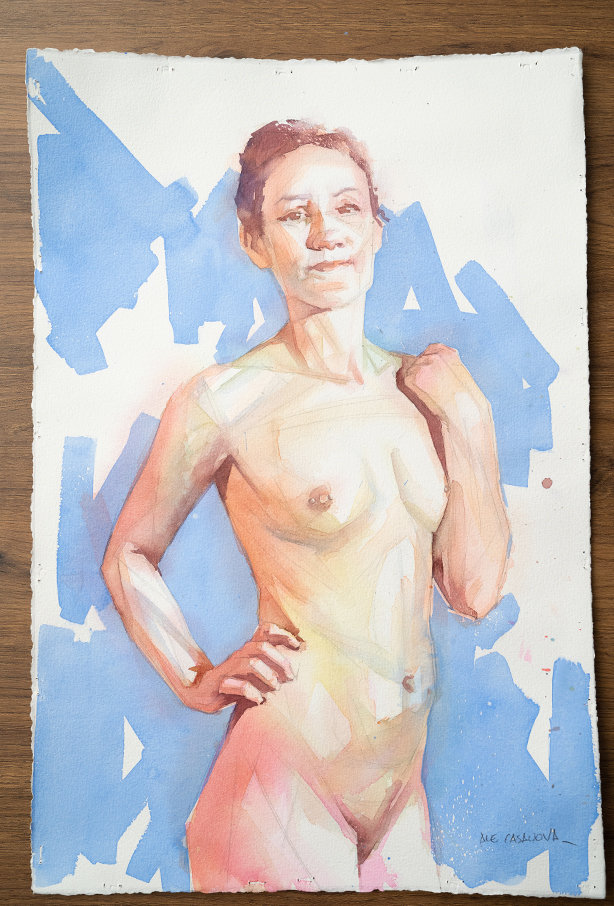
Partial transcription of the video
“Final Project We’ve finished this Domestika course. I hope I’ve given you enough tools to take on the human form in watercolor. Before I say goodbye, I want to recap everything we did to create the work. We first went over the history of watercolor and later I showed you the materials we’d use for the exercises and final project. We saw various ways to prepare the paper and an eminently practical methodology to approach the figure. Then I showed you different ways to transfer the image to paper to focus on the study of different color palettes. We saw how to search for a reference image and...”
This transcript is automatically generated, so it may contain mistakes.
Course summary for: The Human Figure in Watercolor
-
Category
Illustration -
Areas
Figure Drawing, Fine Arts, Painting, Realistic Drawing, Traditional illustration, Watercolor Painting

Ale Casanova
A course by Ale Casanova
Alejandro Casanova was born in Valencia, Spain in 1981. After studying Fine Art at the Universidad Politécnica de Valencia, he moved to Tenerife where he completed his doctorate. He has received various national and European research grants as well as others for the plastic arts.
His work focuses on the human body and portraiture as a window into the creation of plastic art. He also composes oil paintings, although watercolor is his preferred medium as it allows him to work swiftly and effectively using transparency and the richness of the color spectrum to create figurative pieces. His work has been exhibited in different Spanish as well as other European cities and he has also given numerous workshops across Spain.
- 99% positive reviews (279)
- 8,034 students
- 17 lessons (3h 37m)
- 21 additional resources (9 files)
- Online and at your own pace
- Available on the app
- Audio: Spanish, English, Italian, Portuguese
- Spanish · English · Portuguese · German · French · Italian · Polish · Dutch
- Level: Beginner
- Unlimited access forever




